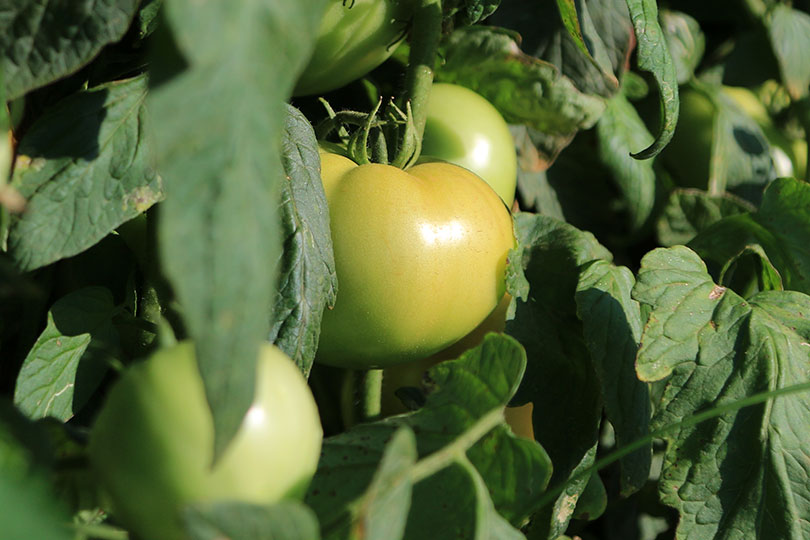By Jennifer Dorsett
Field Editor
Researchers at the University of Cambridge say they’ve discovered a family of “jumping genes” in tomato plants that may speed up crop breeding.
According to an article published in the PLOS Genetics Journal, the researchers note drought stress triggers activity in a family of jumping genes called Rider retrotransposons.
Previously, Rider transposon genes were found to influence fruit shape and color in tomatoes, but the scientists now believe the group of genes are present and possibly active in other crops, too. They may be the source of new trait variations that could help plants cope with drought and other less-than-optimal growing conditions.
“Transposons carry huge potential for crop improvement,” Dr. Matthias Benoit, the article’s leading author, said. “They are powerful drivers of trait diversity, and while we have been harnessing these traits to improve our crops for generations, we are now starting to understand the molecular mechanisms involved.”
Once dismissed as “junk DNA,” the transposons are now thought to play a role in evolutionary growth by altering gene expression and changing physical characteristics of plants.
Harnessing jumping genes that are already present could rapidly generate new traits, the researchers said. These variations could then be studied and refined through gene-targeting technologies.
“In a large population size, such as a tomato field in which transposons are activated in each individual, we would expect to see an enormous diversity of new traits. By controlling this ‘random mutation’ process within the plant, we can accelerate this process to generate new phenotypes that we could not even imagine,” Dr. Hajk Drost, a co-author of the paper, said.
In addition to tomatoes, Rider genes are present in several important commodities including canola (or rapeseed), quinoa and beets. Scientists are conducting more research to see if it can be activated in a controlled manner or reintroduced into plants where the gene is currently silenced.
This method could drastically reduce breeding cycle periods compared to traditional methods.
Identifying that Rider activity can be triggered by drought is an important step, because the gene could create new genetic responses that help plants respond to drought, Benoit said. He added the method could be used to create crops that are better adapted to drought conditions.

